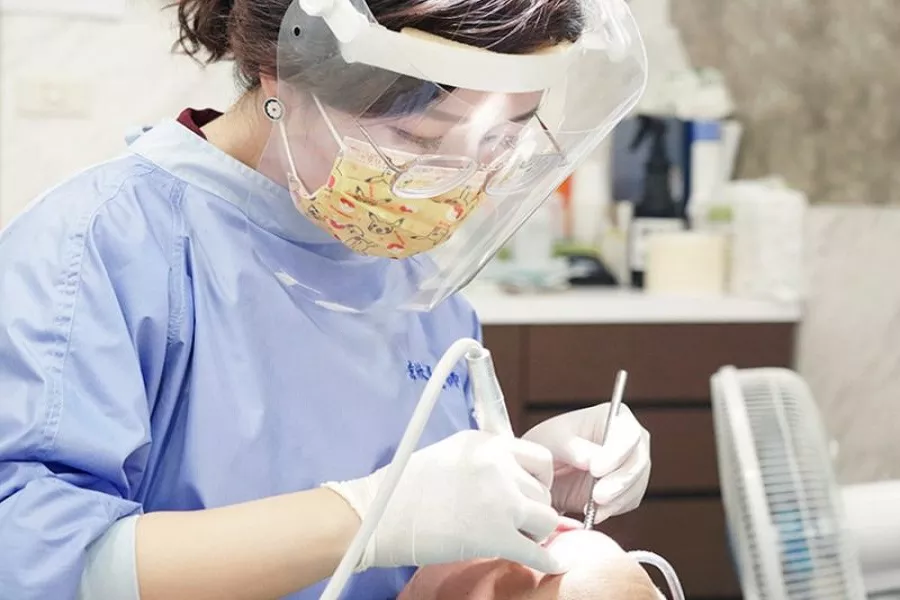Necrotizing gingivitis, also known as dental barrenness, is caused by the proliferation of Fusobacterium and spirochetes in the oral cavity. Generally, it is easy to occur when the body’s resistance is reduced, malnutrition, and excessive fatigue. The disease is mostly contagious. Children living in the same family and group can infect each other. The weather in late spring and early summer is particularly prone to this disease.
The onset is more acute. Within two or three days, the gums are red, swollen, bleeding, and the gingival margins are rotten. The erosion place is covered with a gray-white pseudomembrane, which is easy to wipe off. The gingival papilla disappears like a knife cut, the mouth has a foul odor, the secretion of saliva increases, and it flows out from the corner of the mouth during sleep, often contaminating the pillow. If the ulcer spreads to the cheek, palate, lips, tongue, etc., it becomes necrotizing stomatitis. If not handled in time, it can be life-threatening.
Such as the development of the pharynx, causing pharyngeal pain, eating and swallowing are very painful. Submandibular lymph nodes are enlarged, and those with poor general health may be complicated by high fever. The disease can be contagious, and attention should be paid to prevention. If such patients are found in a collective living environment, appropriate isolation measures should be taken, and household utensils and eating utensils should be disinfected and isolated. General treatment can use 3% hydrogen peroxide to clean the mouth and gums, apply gentian violet liquid or chlortetracycline glycerin and other drugs to the affected area, and inject penicillin to control infection in severe cases.






























